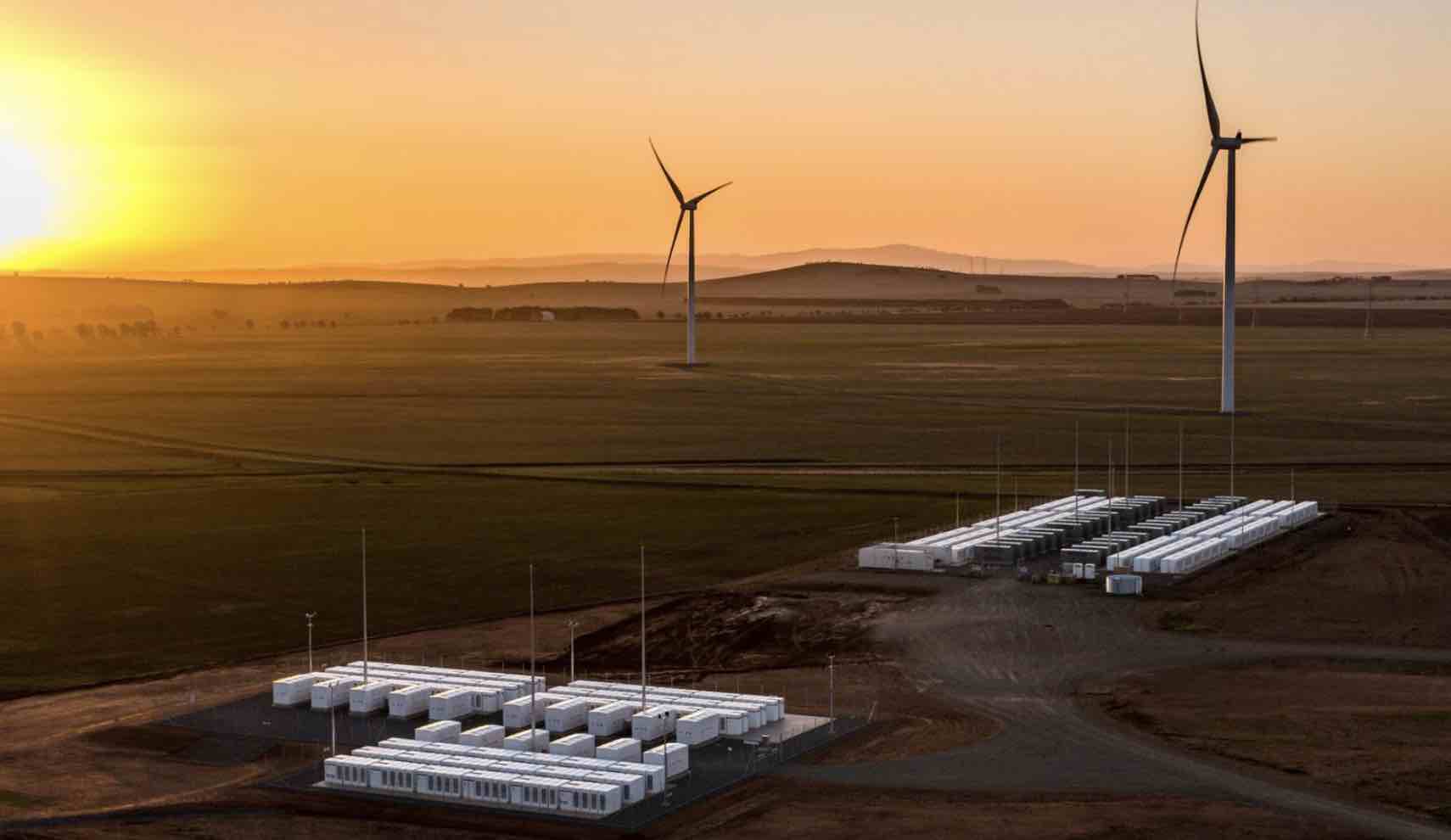Tesla and Elon Musk have long had a soft spot for the state of South Australia, and for good reason. It’s where the state-wide system black in 2016 led to the rapid construction the following year of the original Tesla Big Battery, then the biggest of its type in the world.
It’s where the Tesla Big Battery, officially known as the Hornsdale Power Reserve, became the first to provide synthetic inertia to the grid at scale, and where the company has also tested its landmark “virtual machine mode”.
It’s where Tesla created its first and biggest virtual power plant – through Powerwall 2 batteries in more than 5,000 homes. And it’s where wind and solar have the highest penetration of local grid demand in the world, with an average of 70 per cent over the last year alone.
Tesla says South Australia is still playing a key role in its plans to use battery storage to replace fossil fuels “one plant at a time” and ultimately reach a grid operating on 100 per cent renewables.
The achievements in South Australia have been key to Tesla’s plan to rapidly ramp up production of stationary battery storage, to at least one terrawatt-hour a year and beyond, as part of its plans to have battery storage replace fossil fuels.
“We have one grid operator that’s utilising virtual machine mode, and they say they will not operate their grid at 100% renewables unless they have this feature, unless they have virtual machine mode working,” Mike Snyder, the head of Tesla Megapack told the company’s Investor Day event.
“They tried (without VMM) and it didn’t work very well. Virtual machine is like synthetic inertia where you turn the battery power plant … through software … into behaving like it’s a giant spinning machine, literally,” Snyder said.
“And that inertia stabilises the grid. You don’t need a giant spinning machine. You don’t need like a huge fossil fuel power plant or a giant hydro turbine.
“You just have the battery to it. And you can program it to whatever you need at that part of the grid. Or even have it be dynamically changing as the as the grid conditions change.”
Tesla says it is rapidly improving the specifications and installation costs of the Megapack batteries, increasing the installation speed by four times, and cutting the total labour in construction and manufacturing by three times.
“We think that this is key to unlocking our ability to scale and our customers ability to scale with us,” Snyder says.
“We need to be laser focused on reducing that time for when the Megapack leaves the factory to when it is operational on the grid.”
He also noted that the Tesla Megapack has twice the power density of a typical gas peaker plant. “This is the future, this is where we are going,” Snyder said.

The Tesla team also points to the experience in the South Australia virtual power plant, and the huge savings it says were delivered to customers last year, particularly in the midst of the energy crisis that saw power prices surge.
Drew Baglino, the head of powertrain and energy engineering, says the average cost of electricity for its customers had been $140 a month. If the customers had solar and a Powerwall, but the battery wasn’t integrating with the grid much, then that cost fell to around $70 a month.
But, if the software was engaged to operate as a VPP, and could operate in an intelligent way to provide grid services, then the cost turned into average monthly revenue of $61 a month.
“We can actually pay the customers to bring their their energy services to the grid,” Baglino said.
“That’s what happened in South Australia last year. This represents the future South Australia in particular, where solar and wind supplied 70% of South Australia’s energy in 2022.
“That compares to 30% in Texas, and 35% in California, but this is a this is an indication of where this is all headed in both centralised and distributed storage resources, providing the key to unlocking fully renewable grids.”










